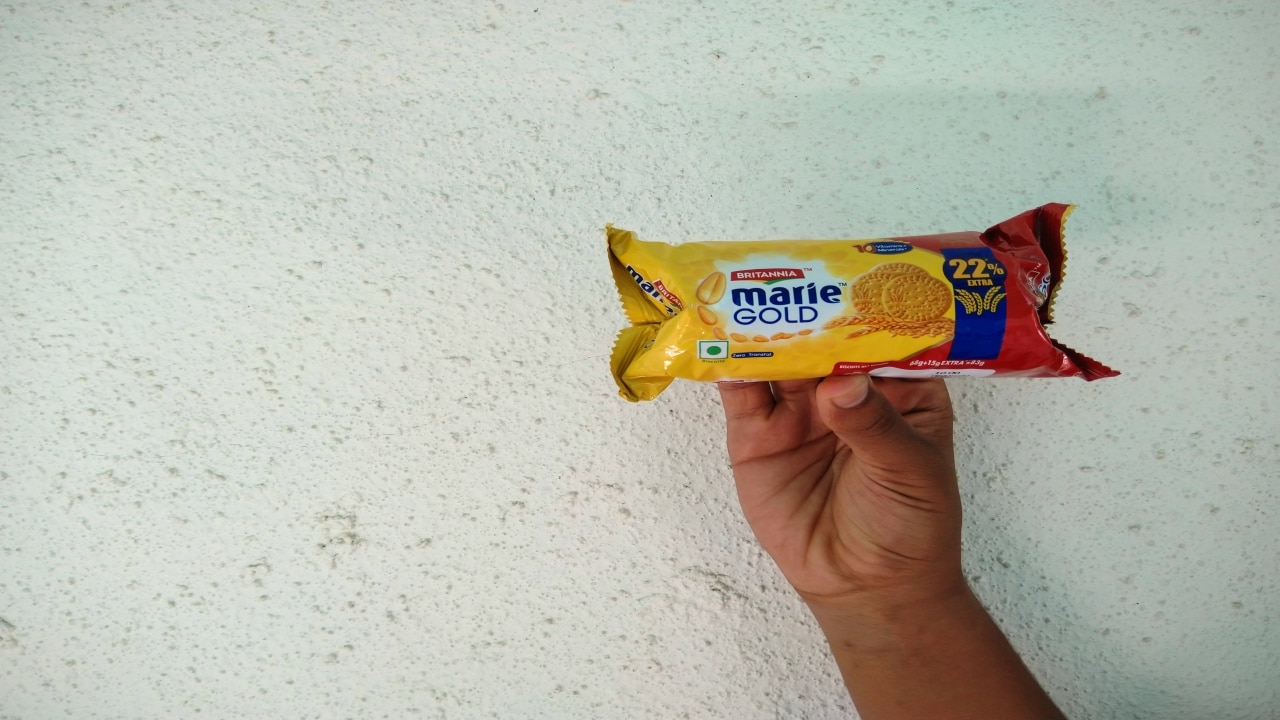[ad_1]

| Company | Value | Change | %Change |
|---|
“So ₹150 crore to ₹200 crore is what we’ll keep it at unless there is a volume increase. I don’t think we need capex because we’ve got three new plants with new lines and capacity and headspace and all of that,” Varun Berry, Vice Chairman and MD, Britannia told analysts.
This is nearly 75% lower than the average capex of around ₹600-₹650 crore that Britannia has historically had in the past 4-5 years.
However, it is important to note that the company indicated in its Q4FY23 analyst call that the capex will moderate post-FY24.
“We have had 2 years of high intensity as far as capex is concerned and thereafter it will moderate because we will have capacity, we will have put up our dairy facility which obviously was capex heavy and thereafter it will become business as usual,” Berry told analysts.
For instance, in FY24, Britannia had a capex of ₹500-₹600 crore, which largely went into dairy, and some into its Ranjangaon facility and the one in Bihar.
The capex in FY23 was ₹650-₹700 crore, with the figure for the previous fiscal also being in the same range. In FY22, Britannia was investing in three manufacturing units—one in UP and then the expansion of the Ranjangaon and Odisha plants, along with the Tamil Nadu plant.
“There will be a reasonable investment in all of these but ₹250 crores each for two of these plants and the expansion will be approximately ₹100 crore plus the finishing up of the dairy plant in Ranjangaon. So, the total capex is going to be in the region of ₹650 to ₹700 crore this year,” Berry said in the Q4FY22 analyst call.
In FY21, a year where the COVID-19 pandemic was at its peak, Britannia had a capex of ₹200 crore, to which the company said at the time that it underspent because of the uncertain circumstances.
CAPEX TREND:
- FY21: ₹200 crore
- FY22: ₹650-₹700 crore
- FY23: ₹650-₹700 crore
- FY24: ₹500-₹600 crore
Source: Analyst calls
The FMCG industry continues to grapple with subdued consumer demand, high inflation and competition.
“Despite the ongoing subdued demand across FMCG categories and increased competitive pressures, we achieved a strong performance, with both value and volume growing about 6% each on a year-on-year basis. The inflation on key input materials of wheat, palm oil, cocoa etc. remains on an upward trajectory, which we mitigated through judicious price increases, focused brand investments and fixed cost leverage, helping us sustain operating margins while maintaining competitiveness,” Berry said in a post-earnings statement.
During the analyst call, Berry added that the company will exit FY25 with a price hike of 4–4.5%. This includes 2% taken in Q3 and another 2.5% expected in Q4. In addition, the company also expects to take another 1.5% price hike in Q1FY26, making it a cumulative price increase of 6% by June 2025.
[ad_2]
Source link










